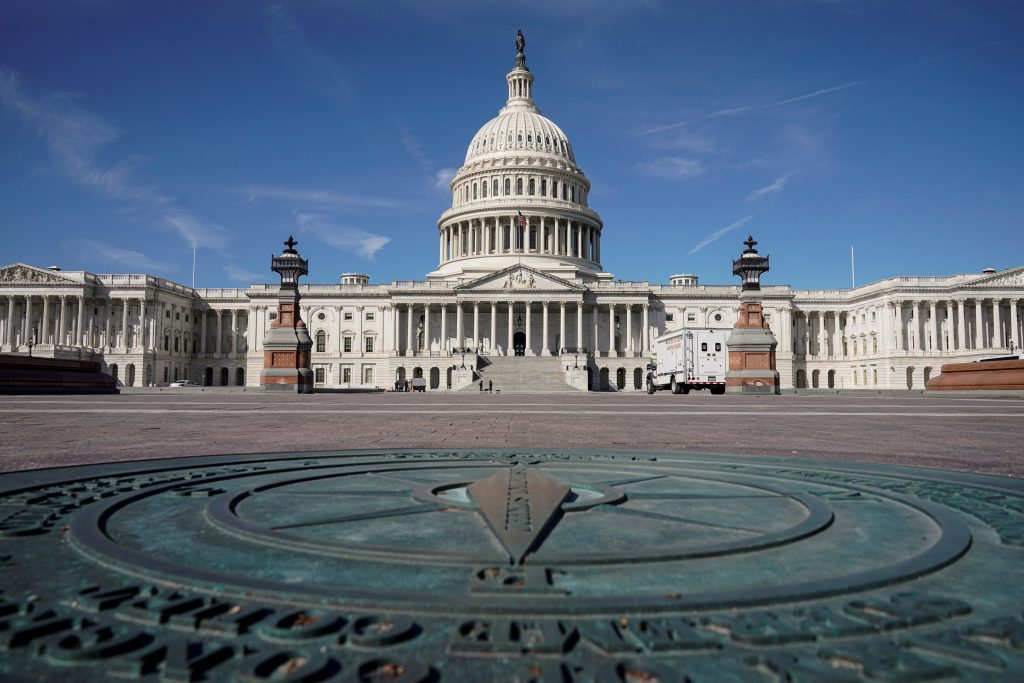Inspector General’s Report Says the FAA Has Bungled a $36-Billion Project
The Federal Aviation Administration has mismanaged a $36-billion project to modernize the antiquated aviation management system, according to a harshly critical inspector general’s report released Thursday.
It was the fourth inspector general’s critique in as many years of a program known as NextGen, on which more than $7 billion in federal funds have already been spent.
This latest report says the FAA lacks “a clearly established framework for managing the overall oversight of NextGen.”
Much of the 50-page report — done for the House Appropriations Committee and prepared by Matthew Hampton, assistant inspector general for aviation audits — focuses on specific program mismanagements.
The report said the FAA “has lacked effective management controls” in awarding contracts, sometimes spent money on low-priority projects, and allocated an estimated $370 million for projects that were still awaiting approval.
The FAA denounced the findings as “inaccurate and contradictory,” rejecting all but two of its six recommendations.
NextGen has long been a cause of consternation and frustration both in Congress and with commercial airlines who are expected to invest billions of dollars in their own cash to complete the system.
NextGen is often described as a GPS-based system, but it is a vastly more complex network of interlocking systems that will change cockpit communications, guide airplanes both aloft and on the ground, and allow airlines to fly directly to their destinations rather that turning after reaching each designated way point.
It has six core programs that are a mixing bowl of acronyms: ADS-B; SWIM; DataComm; NVS; CSS-Wx; and CATM-T.
Together they will allow planes to safely fly closer to one another, save fuel and time, get immediate weather updates, and communicate more effectively with other airplanes and with air traffic controllers.
With projections that there will be 296 million more commercial air travelers by 2037 than there were last year, today’s radar-based system is considered unsustainable.
But the cost of equipping each plane to handle the new systems has been estimated at $200,000. Airlines say they need reassurance that if they invest, the NextGen program will be delivered on schedule.
That led House Republicans, later with the support of President Donald Trump, to propose that the NextGen program and more than 30,000 FAA workers be spun off into an independent, nonprofit corporation.
Though the proposal twice emerged from the House Committee on Transportation and Infrastructure, it never received attention on the House floor, and committee Chairman Bill Shuster, R-Pa., announced last week that he had given up the effort.
The inspector general’s report made public Thursday acknowledged FAA improvements made during the course of its audit and said past problems may have been the result of “lack of leadership stability.”
The agency has been without an administrator since Michael Huerta stepped down in January. Trump has mentioned the pilot of his personal Boeing 757 jet — John Dunkin — as “in the mix” of candidates to replace Huerta.
There have been 13 confirmed or acting heads of the FAA since the precursor of NextGen was first proposed as the Advanced Automation System in 1983.
Huerta himself had not anticipated becoming FAA administrator. He was brought in to bring order to a NextGen program that was seen as in disarray. When then-administrator Randy Babbitt resigned in 2011 after his Virginia arrest for driving under the influence, Huerta was elevated to the job.
All of the modernization programs were brought together under the brand name NextGen during the George W. Bush administration as a means to help sell Congress on the desire to fund them.
But as Congress — fueled by regular critical reports by the inspector general and the Government Accountability Office — became increasingly annoyed by the apparent lack of progress, the NextGen name became a bull’s-eye on the back of the FAA that an array of individual modernization programs might have avoided.
“FAA does not have today, and has not had since its inception, anything that would approximate a real plan for achieving a lot of the things it has advertised for the NextGen program,” said an FAA employee familiar with the program, who asked to remain anonymous to speak candidly. “I think the sentiment out there is that NextGen has been a big dud, and it’s hard to disagree with that sentiment if you look at what’s actually been produced.”
To Read The Full Story
Are you already a subscriber?
Click "Sign In" to log in!

Become a Web Subscriber
Click “Subscribe” below to begin the process of becoming a new subscriber.

Become a Print + Web Subscriber
Click “Subscribe” below to begin the process of becoming a new subscriber.

Renew Print + Web Subscription
Click “Renew Subscription” below to begin the process of renewing your subscription.





